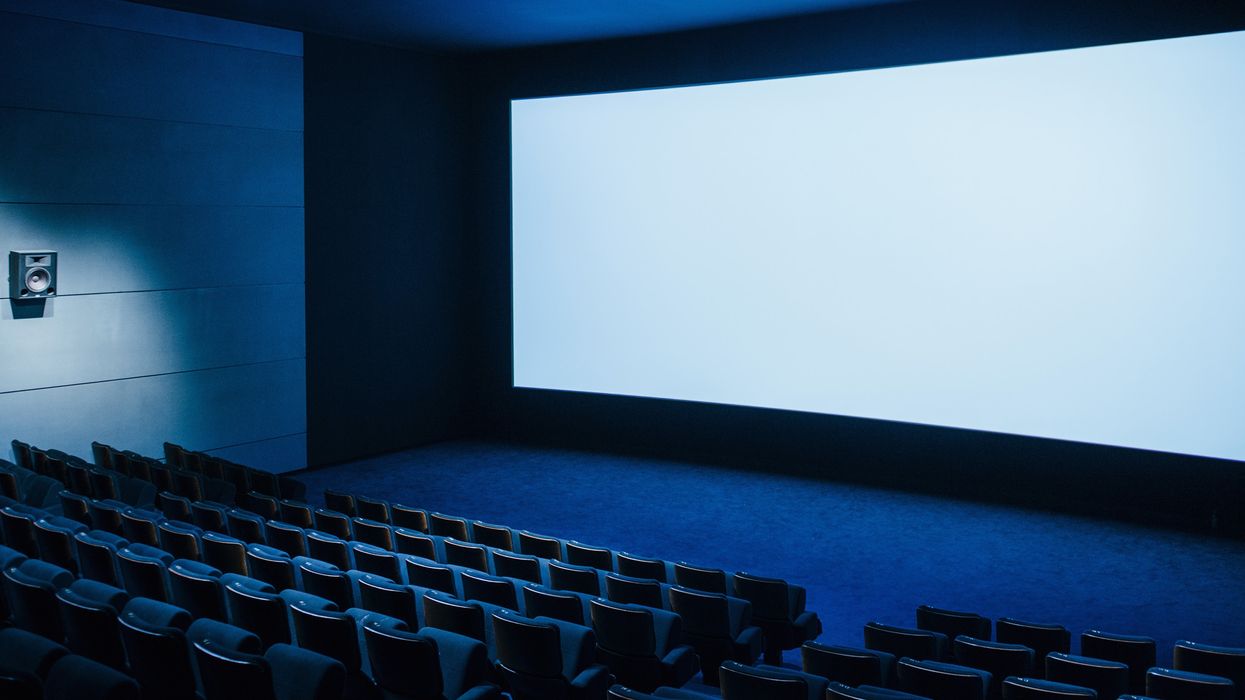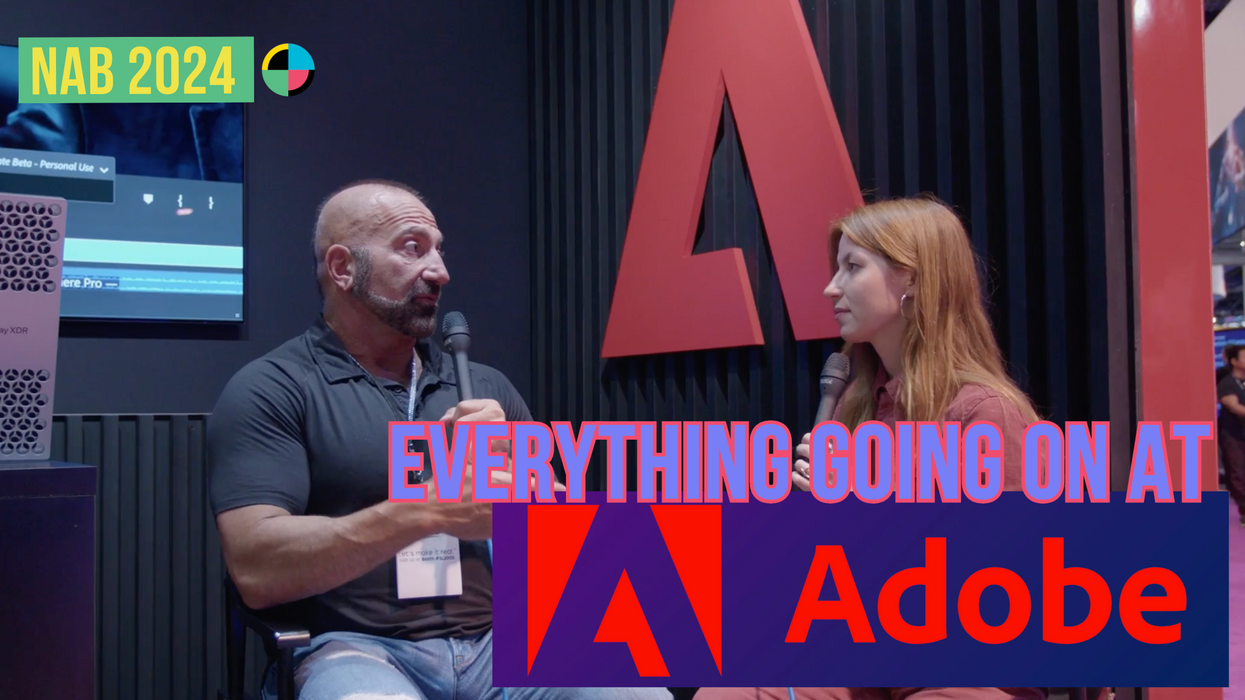How to Make Sure Your Film Gets a Theatrical Release
Do you want a theatrical release for your film? And what does that even mean today?

At IFP’s annual Screen Forward conference, part of New York City’s annual Independent Film Week, industry leaders weighed in on the present and future of theatrical distribution. After being a panelist myself, I sat in on a few other panels, including an Industry Talk with Michael Barker and Christine Vachon as well as Hacking Theatrical, both of which offered a variety of perspectives on one of the fastest-changing landscapes in filmmaking today: that of the theatrical release. Food for thought ahead…
Is your film appropriate for a theatrical release?
Christine Vachon, Producer, Killer Films : For us [whether a film is going to be theatrical or not] it’s about, do we feel like the filmmaker is somebody who has a deft hand and the audience will feel safe on their hands to go on a real journey to somewhere else? Is there something about the film that makes it seem not small? Is it a big character, a big story, a universality to it? Sometimes you just know it when you see it.
Michael Barker, Co-President Sony Pictures Classics: it’s how the movie plays in a theater. If you have a huge canvas like Winged Migration it will never play as well on TV as it does on the theater. But sometimes you don’t know. For [2002’s] Spellbound, the audience in the theater was spelling out words and I thought, “oh my God, I missed on this.”
Why a traditional theatrical release?
Michael Barker: For us the [traditional] theatrical release is still the gold standard. But it’s not all about the theatrical release. It’s about making that title distinctive enough so that it becomes evergreen and people come back to it again and again. With a full theatrical release you’re able to have a profile in the marketplace that makes an impression on people, even if they don’t see it; then when they hear about it 3–4 months down the road they’ll see it. This is the way to get the most eyeballs on your film and the way for your film to live on decade after decade. If you can make a mark theatrically… then what happens is you can make money on Pay TV, free VOD, home streaming, the windows can go on forever. Our job in the theatrical marketplace is to make the film distinctive to catch the audience and I don’t think that’s going away.
What about non-traditional theatrical releases?
“You might not even be halfway there once you finish your film.”
Brian Parsons, Tugg: What does it mean to release your film and have a “traditional” release? With so many platforms and so many mediums of release, it’s not this old system of trying to book 500 screens and 25 markets… [as a filmmaker] you might not even be halfway there once you finish your film. When you really start to go uphill is when you get to releasing. It takes a lot of work and bandwidth to have a successful release. And bandwidth to filmmakers can be more precious than money. You have to build partnerships early on so you have organizations, individuals, and networks who can tap into their collective audience and influence. Otherwise if you’re hoping for a big acquisition at Sundance, you’re setting yourself up to fail, once you are on the festival circuit [if that doesn’t happen] and you don’t have a solid release plan.
“We told the filmmakers, ‘the most you’re going to see is like two hundred dollars… over a decade.’”
Jake Perlin, Cinema Conservancy/Artists Public Domain: When you say theatrical, what kind of theatrical? A lot of filmmakers think that means a seven day engagement. It’s a matter of working with the filmmakers to try to construct a successful release. Maybe there are 999 people who want to see your film in a market and that’s it, and it shouldn’t be seven days. We try to set realistic expectations and see what’s possible. Some films might go direct to Fandor. Some of them we just put the word out, “we have a 4-minute film,” and we let theaters know that they can have it [free]. We told the filmmakers, “the most you’re going to see is like two hundred dollars… over a decade.” So let’s just put it out there and let them know you’re making new work.
Jake Craven, Gathr Films: The films we work with [as an on-demand theatrical platform] are the ones that have a specific, targeted audience. A cause-driven film, a film that speaks to a subset of society that is moved by the opportunity to come together. The films that have been successful on a national level are films that are not as clearly commercial, but all of the sudden we have 100–200 screenings because there’s an opportunity to experience something as a community, for example films about Pacific Islanders or women’s rights.
“Some of the films that do the best are meeting the needs of underserved communities.”
Dan Nuxoll, Rooftop Films: There are some films that don’t work well outdoors. A 3.5-hour experimental film does not work well outdoors. But we try to find as many different venues as we can so that we’re not constricted in our programming. We might do particular targeted programming for a certain neighborhood, for example if it’s very Asian American. Some of the films that do the best are meeting the needs of underserved communities. Field Niggas, Five Star, Romeo Is Bleeding, and Fresh Dressed all deal with urban issues and have people of color in primary roles, and we put them up on social media and they sold out immediately.
How to have a successful non-traditional theatrical release
Brian Parsons: Every film wants to reach as broad an audience as possible but you have to start somewhere [specific], rather than trying to be everywhere. You have to start by engaging with your core audience and interest groups to build momentum. Once you have success you bring it to other organizations. You have to answer the question, “why see this film in theaters? Why see it in a community setting?” With windows collapsing more and more you have to work with all of the windows so that you’re going directly from theatrical to digital. The people who went to see your film are your superfans and can drive the rest of your release.
Jake Perlin: A lot of filmmakers get a film in the can and they’re out of money. They’re out of money for submitting to festivals, for screening for distributors… if you’re starting production of a film and you have a desire to see it in a theatrical setting, earmark a couple of dollars for that.
Brian Parsons: The filmmakers who find the most success with Tugg are the ones who are entrepreneurial-minded. Instead of finishing a film and going onto the next, someone on the team needs to be an engagement leader. If you can find success in one target community you can scale that elsewhere.
“I’m not looking at what your email list is or what your personal capabilities are. I’m looking for films that we can scale for a large nationwide audience.”
Jake Craven: There are so many factors that influence how the release is going to go. When a filmmaker is more involved in taking an active role… I’m not looking at what your email list is or what your personal capabilities are. I’m looking for films that we can scale for a large nationwide audience. Can we go to national organizations and partners to leverage in order to get the word out in a large way. When we’re doing a national release filmmakers will often focus on individual screenings, like your first screening in NY. We are focused on how we can get national demand for your film and let the Gathr machine take on the localized outreach. Then it doesn’t feel as tiresome as going city-by-city-by-city. Grassroots marketing doesn’t require a lot of money but it is incredibly time-consuming.
Dan Nuxoll: The films I see that don’t optimize their place in the marketplace are filmmakers and teams that aren’t doing the work they need to do when it comes time to distribute it. They’re not helping their partners. The example is a film who didn’t even send an email when their film was released. Tugg and Gathr can’t turn a film that doesn’t have anyone working hard on it into a success.
“‘Did you do X number of weeks in X number of markets?’ That’s a very antiquated way of looking at it.”
What is the theatrical experience going to be in five years?
Amanda Salazar, Fandor: Hopefully all of us will be working together more. Filmmakers who are open to working with different partners, finding out it’s not this exact [traditional] deal but being open to new ideas, “let’s try this, let’s be on a new platform.”
“It is too complicated and the terrain is shifting too quickly for any young filmmaker to figure it out by the time their first film is coming out.”
Dan Nuxoll: There are more organizations and a focus within the non-profit world, and organizations in between non-profit and for-profit like Kickstarter (who recently became a public benefit corporation), who realize they have to be more hands-on and provide more guidance. It is too complicated and the terrain is shifting too quickly for any young filmmaker to figure it out by the time their first film is coming out. We and others are focused on [helping them], because we all have to.
Jake Craven: The big shift is going to be in how the industry sees the rest of these platforms and non-traditional screenings. Are they just looking at “did you do X number of weeks in X number of markets?” That’s a very antiquated way of looking at it. [Changing this] will help the industry as a whole because it opens the doors for more opportunities for filmmakers.
Brian Parsons: Performance-based and more event-ized is where it’s going. Everything we do is one-night only. That’s becoming more and more popular and it’s becoming more economical to drive people to one engagement.
Colin Brown, Editorial Director, Slated: Go and event-ize yourselves right now.












